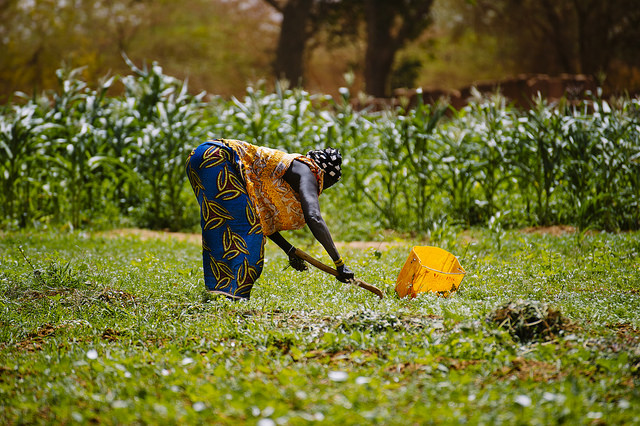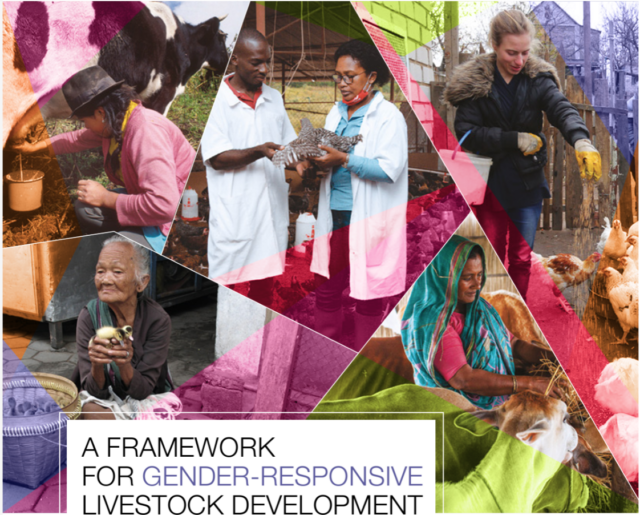
IFPRI researchers Elizabeth Bryan and Hagar ElDidi discuss the differences in how the costs and benefits of small-scale irrigation technologies are distributed among men and women within the same households, how this is linked to women’s empowerment, and what should be done to ensure that women participate in and benefit from irrigation.
![]() Access to water is a primary concern and challenge for many rural households, whether for drinking and domestic use, or irrigation and livestock use. With climate change driving changing rainfall patterns in many rural geographies, access to small-scale irrigation systems is becoming an increasingly important tool for reducing farm production risks and improving the well-being of small-scale farmers. But not all farmers are able to access the benefits these systems provide – women in particular, are often left out of the picture.
Access to water is a primary concern and challenge for many rural households, whether for drinking and domestic use, or irrigation and livestock use. With climate change driving changing rainfall patterns in many rural geographies, access to small-scale irrigation systems is becoming an increasingly important tool for reducing farm production risks and improving the well-being of small-scale farmers. But not all farmers are able to access the benefits these systems provide – women in particular, are often left out of the picture.
Consider, for example, the Upper East Region of Ghana, where water for irrigation is limited in many communities without a dam. Men dig deep into the riverbed to access water to irrigate small plots near the river but women lack access to land near the river and the labor needed to dig the wells. Despite this lack of access, many women still contribute their own labor to irrigate their husband’s plots using buckets or jerrycans.
While women farm alongside men and share the same goals for improving their agricultural livelihoods and household well-being, the benefits of irrigation do not accrue equally to men and women, even when they are in the same household. Women face different challenges and unequal opportunities in accessing and benefitting from irrigation technologies.



